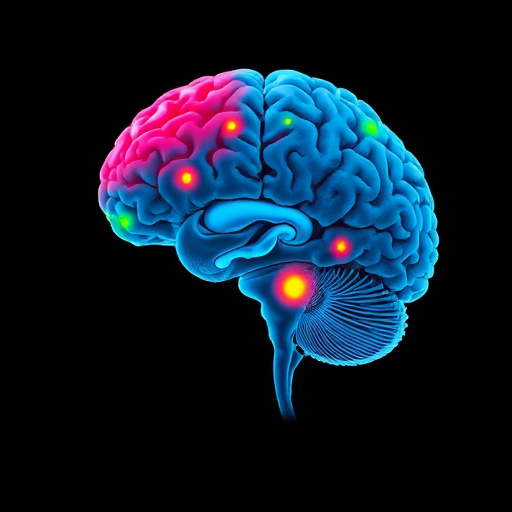The Science of Attraction: Unlocking the Mysteries of Love and Desire
Introduction
Love and desire are fundamental human emotions that have captivated artists, poets, and scientists for centuries. Understanding the psychology behind these complex feelings can provide valuable insights into our behavior and choices. From biological impulses to social influences, the science of attraction is a fascinating blend of nature and nurture. This article explores the psychological underpinnings of love and desire, shedding light on the factors that draw us to certain people and the intricate dynamics that shape our relationships. By delving into this intriguing subject, we may find answers to why we fall in love, what keeps us together, and how we can foster deeper connections.
The Biology of Attraction: Hormones and Brain Chemistry
At the most basic level, attraction is driven by our biological urge to reproduce and ensure the survival of our species. This primal instinct is governed by a complex cocktail of hormones and neurotransmitters that influence our behaviors and emotions. One key player is oxytocin, often referred to as the “love hormone.” Oxytocin is released during physical intimacy, social bonding, and childbirth, promoting feelings of attachment, trust, and closeness. Another important chemical is dopamine, associated with reward and pleasure. When we’re attracted to someone, dopamine levels surge, creating a sense of euphoria and motivation to pursue that person.

Additionally, our bodies release a mix of sex hormones, including testosterone and estrogen, which play a role in sexual desire and behavior. These hormones can influence our preferences and behaviors, such as the way we present ourselves to potential partners or the characteristics we find attractive. Understanding the biological basis of attraction provides a foundation for comprehending the powerful forces that drive our actions and shape our relationships.
The Psychology of Love: From Infatuation to Long-Lasting Commitment
The course of love rarely runs smooth, and the psychological journey from initial attraction to long-lasting commitment is a complex one. Psychologists have identified several stages of love, each marked by distinct emotional and behavioral characteristics. The early stage of infatuation is characterized by intense passion and idealization. Our brains are flooded with feel-good chemicals, leading to a sense of euphoria and preoccupation with the object of our affection. As the relationship progresses, the intensity may wane, but a deeper emotional connection and sense of security can develop, marking the stage of attachment.

Long-lasting love often involves a strong element of commitment, where partners consciously choose to stay together and work through challenges. This stage, marked by companionship and mutual support, can lead to a profound sense of intimacy and trust. Understanding these psychological stages can provide insight into our own relationships and help us navigate the ups and downs of love.
Social and Cultural Influences: The Impact of Society on Attraction
While biology and psychology play significant roles in attraction, social and cultural factors also exert a powerful influence. Our society’s norms, values, and expectations shape the way we view potential partners and the qualities we find desirable. Cultural ideals of beauty, for example, can impact our preferences for physical features or body types. Social status, financial stability, and educational background may also factor into our attraction to others.

Additionally, societal norms can dictate the acceptable ways of expressing interest and pursuing relationships. These influences are constantly evolving, and understanding their impact can provide context for our own experiences and preferences. It also highlights the diverse nature of attraction, which goes beyond biological impulses to encompass a rich tapestry of social and cultural nuances.
Conclusion and Call to Action
The science of attraction is a captivating field that reveals the intricate interplay between biology, psychology, and society. By understanding the underlying factors that draw us to others,




